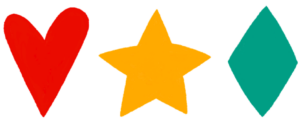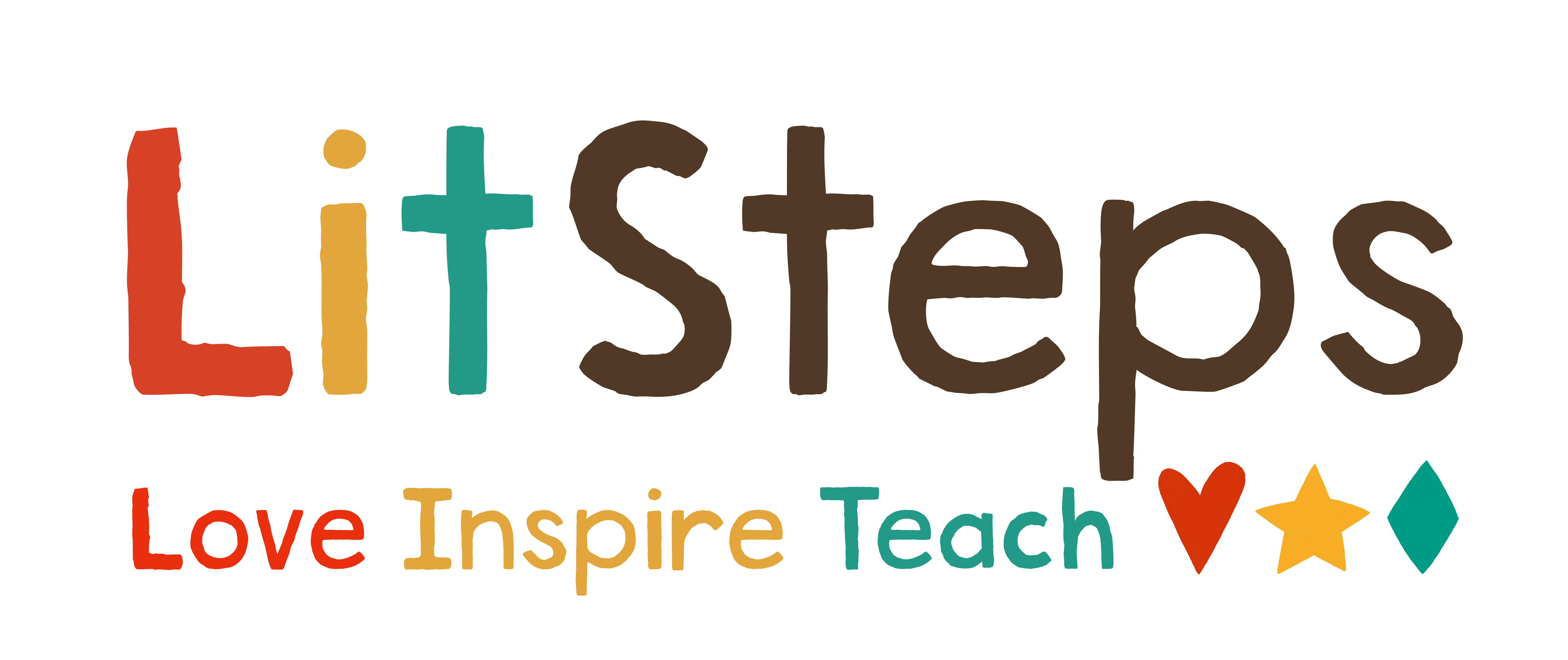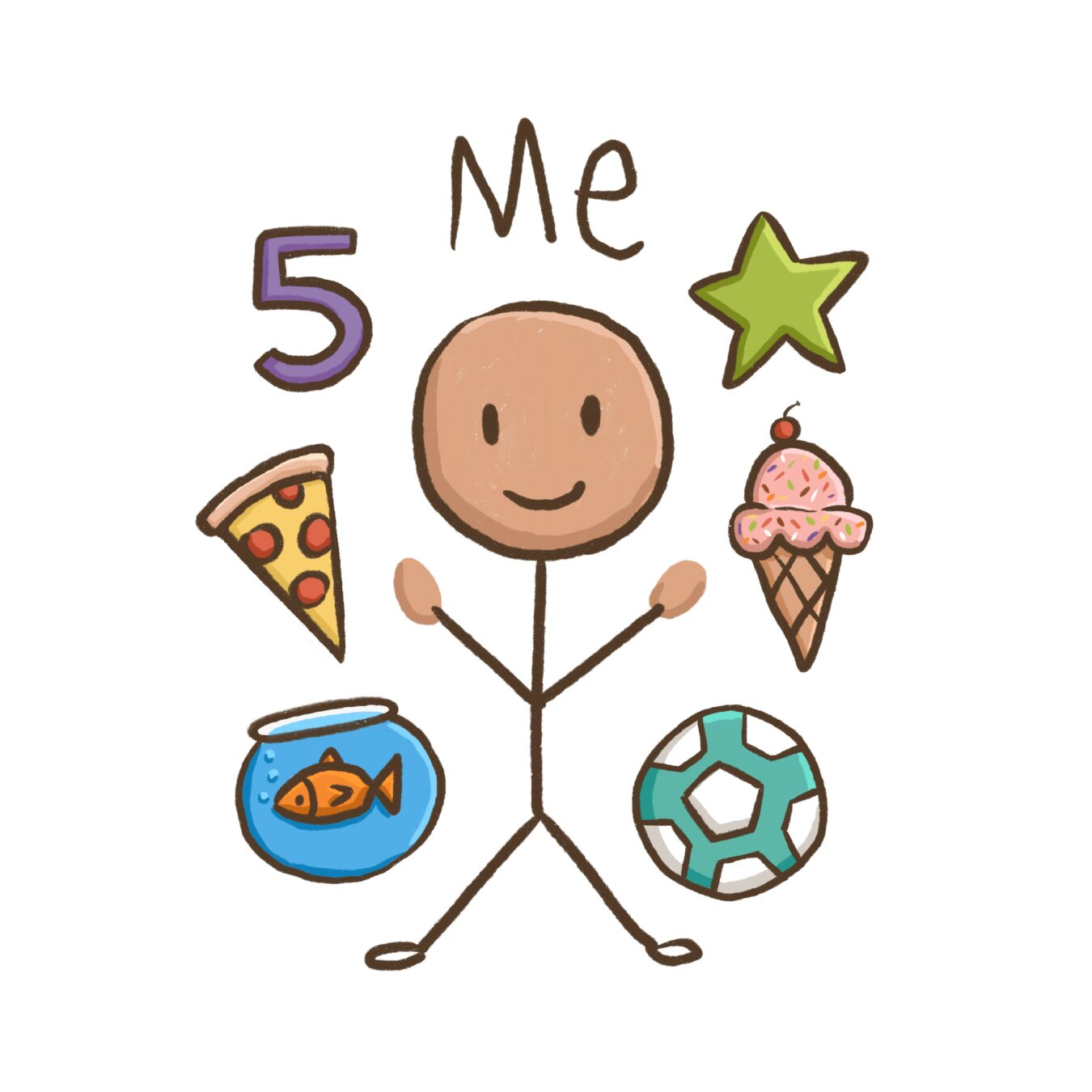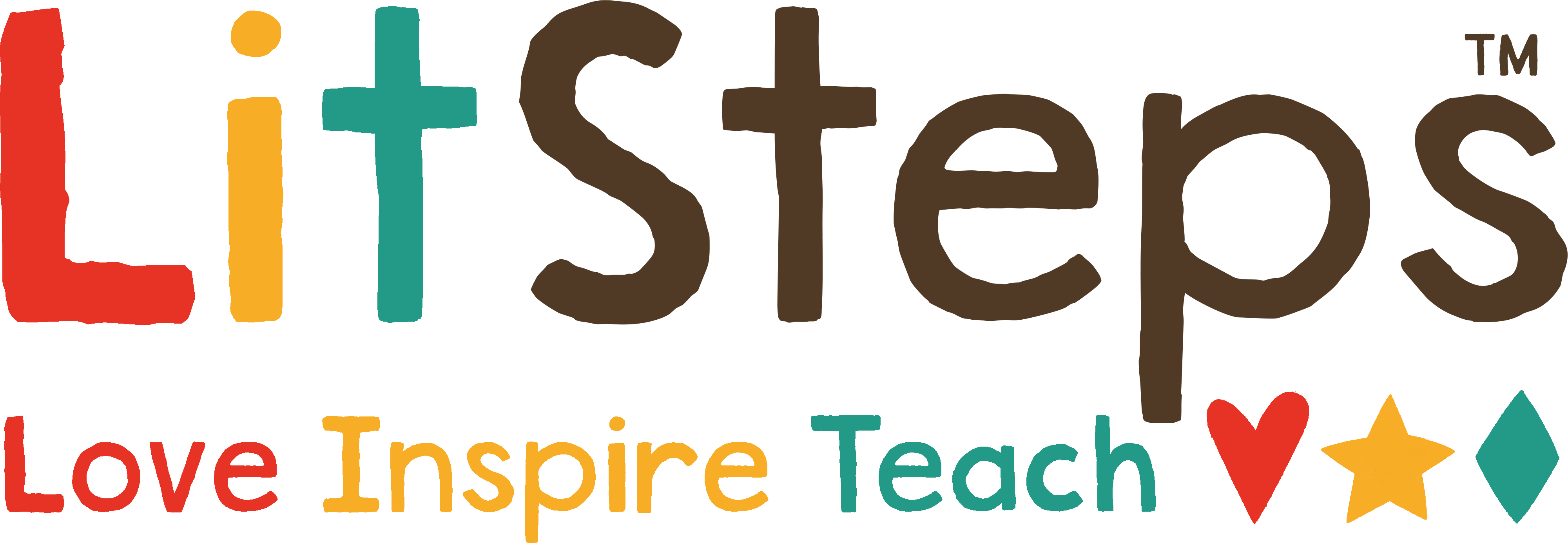
Teach
Learning About Me
All About ME!
There are tools your child needs to use in order to make progress on their learning journey. It's best to teach them how to use these tools at home when your child has your undivided attention. Frustration levels run high when a child's first introduction to these tools is in a classroom of twenty or more students. Avoid tears, and even worse, injury, by taking your child under your wing.
Skill Building
Why
Teaching your child to use tools properly will ensure that they're safe and comfortable when they are doing activities that require them. Once they enter school, they will be expected to use these tools independently and on a daily basis. Children often get upset if they can't do the things their peers are doing. Give them the skills they'll need to successfully participate in learning activities.
What
Start by using child-friendly tools with your child. Thick crayons are great for beginning writers and artists. There are also thick first pencils that are easier for young children to write with. Or you can get them a pencil grip that slips onto regular pencils and helps teach them how to hold it the correct way. Washable markers, glue sticks, a watercolor paint set, construction paper, and a child-friendly safety scissors are other tools you should have on hand.
How
If your child doesn't know how to hold a pencil, they won't be able to fully engage in classroom learning. Using scissors can be dangerous- even when using safety scissors. Start with the safest items first- crayons. Once they know how to hold and use crayons, using markers and child-friendly pencils will come more easily to them. An inexpensive watercolor set is a fun way to teach your child how to paint and learn about colors and color mixing. Glue sticks are easier for young children to work with than glue bottles. Start with a glue stick and graduate to glue bottles only when your child seems ready. Squeezing the glue out and knowing how much to sueeze out takes lots of practice. Introducing scissors is the most difficult skill to teach. Learning how to grip the scissors is the first step. Cutting through construction paper is next. Cutting in a straight line follows. ONce they have mastered those things they can practice cutting out shapes. Draw large simple shapes on construction paper. It helps if you hold the paper at first so they don't cut themselves.
Where
Tools should be used while seated at a counter or table. A grown-up should supervise a beginner's tool use. Preschool and Kindergarten teachers have seen it all. Young children will put things in their mouths, ears, and nose, or in someone else's. They will cut clothing, hair, and books. They will spill glue on themselves, the furniture, and the floor. They will paint on tables, walls, and skin. Brand new pencils will be sharpened down to the nub before they are ever used. Be present and attentive. Show your child what each tool is for and how it is meant to be used. You'll be glad you did.
When
There are lots of guidelines online for the best age to introduce tools to your child. Please refer to those guidelines for best practices. As for what time of day to introduce learning tools to your child, that's up to you and your child.
Next
Now that you've learned about the main tools your child will use for learning activities, let's move on to making art with the tools. Arts and craft are a big deal in early childhood education!


